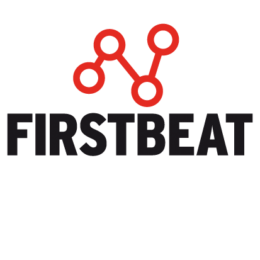
The COVID-19 pandemic forced millions of people into remote work and we have learned that it’s possible to do a lot of jobs and work tasks remotely. Hybrid working, which means a combination of remote and in-office work, seems to be here to stay.
But how do these new ways of working affect our health behaviours and well-being, and what should we be mindful of when it comes to stress management?
Firstbeat has studied the effects of the pandemic on stress, recovery, and physical activity and compared how specific wellness indicators vary between remote and in-office work, based on 20,000 workdays during the past two years.
We Recover More but Move Less in Remote Work
Remote workdays have on average 15 minutes more recovery time when compared to working in a physical workplace: the share of recovery is on average 19% when working remotely and 15% when working at an office (see Fig. 1).
On remote workdays, we sleep on average 25 minutes later than on in-office workdays. The longer sleep allowed by remote workdays is a clear benefit as not sleeping enough can result in insufficient resources and higher stress levels during the day. According to journal markings on work duration, remote workdays also tend to be a bit shorter than in-office workdays.
Another significant finding is that remote workdays are less active, with as much as 30 minutes less light activity or physical activity when compared to office workdays (see Fig. 1). Remote work has made people’s days more inactive because it’s so easy to just get up and take the few steps to the computer; the natural movement provided by the commute and walking around the office or to lunch has disappeared. It also looks like this lack of activity during remote work has not been compensated with more leisure time activities.
Most of our waking time is stationary, mainly spent sitting, and the number of daily steps has dropped both with working-age people and even more with high school-aged youth. A large percentage of people cannot afford to reduce their activity level anymore if they want to avoid higher health risks and reduced work capacity caused by a passive lifestyle and poor fitness.
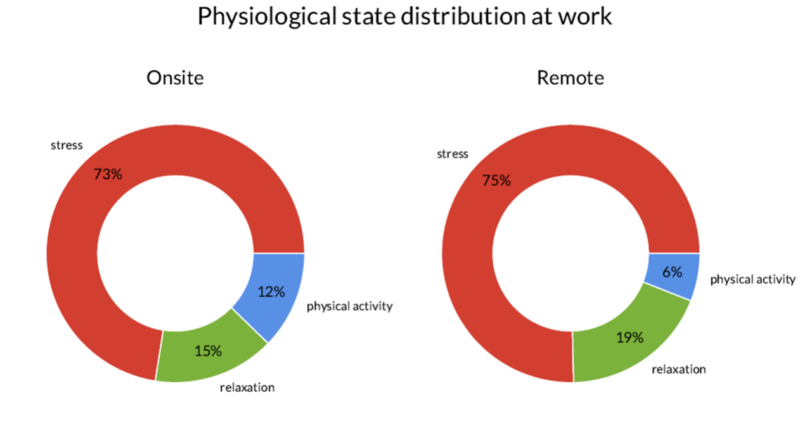
Figure 1. Comparison of the relative share of stress, recovery, and physical activity in remote versus in-office work. The results are based on Firstbeat Life measurements, with over 20 000 workdays from the past 2 years.
How to Make the Best of Hybrid Working for You?
Both remote and in-office days have their pros and cons and the different ways of working impact our well-being and resilience. How much do you recognize the findings mentioned above in your own workday?
By taking an honest look at your days – becoming more aware of your habits both during remote and in-office work – you can boost your resilience and build healthier habits. Ideally, by combining remote and office days you can build a more sustainable stress balance into your days. For example, if office days tend to be too hectic, could working from home, as needed or on 1-2 days per week, help bring a needed change to your routines and help support better recovery?
There are significant differences in what kind of work patterns work best for different individuals – some people thrive in remote work, whereas others might find it more stressful than working at the office. The ideal situation, depending on the kind of job, is one where the employee, together with the employer, can find a solution that works best for them.
It’s extremely important to pay attention to daily movement and activity, especially when remote working, and find ways to include some activity both during the workday and during our leisure time. This will prove to be a valuable investment in your health and well-being. In addition to better energy levels, focus, and alertness, being active during the workday promotes better health in the long run.
Whether you are working remotely or at the office, stress levels during the workday can accumulate to an unhealthy level due to being in a constant rush with too much to do, nonstop meetings, lack of breaks, or forgetting to eat and drink. It is normal for stress levels to be high at times during the workday, but to balance out the stress, it’s important to have sufficient recovery time as well.
Hybrid work can provide a better opportunity to affect the structure and rhythm of your workday, but it does not automatically solve problems with excessive workload. In any kind of work, we need to pay attention to creating a healthy rhythm –taking breaks, eating at regular intervals, and including sufficient activity and movement in the day.
TOP 3 Tips for A Better Stress Balance in Hybrid Work
- During remote workdays, pay attention to your movement and include some physical activity during the day. Learn to integrate regular movement breaks, for example, between meetings or during coffee or lunch breaks, or start and end your workday with a short walk around the neighbourhood. This habit can also help you draw a more concrete line between the workday and leisure time.
- During in-office days, lower your stress by finding a few peaceful moments away from the hustle and bustle, scheduling some quiet, focused work periods (don’t forget to turn off the various communication channels!), or by consciously relaxing for a few minutes between tasks, for example with a breathing exercise. Even a little bit of recovery between busier times supports healthy stress management.
- Despite our best efforts, some workdays will simply be busy or stressful, both in remote and in-office work, and recovery might be absent. When this happens, pay attention to gaining some recovery during your leisure time. Slow down and switch off one or two hours before bedtime to let your body calm down and get ready for restorative sleep.
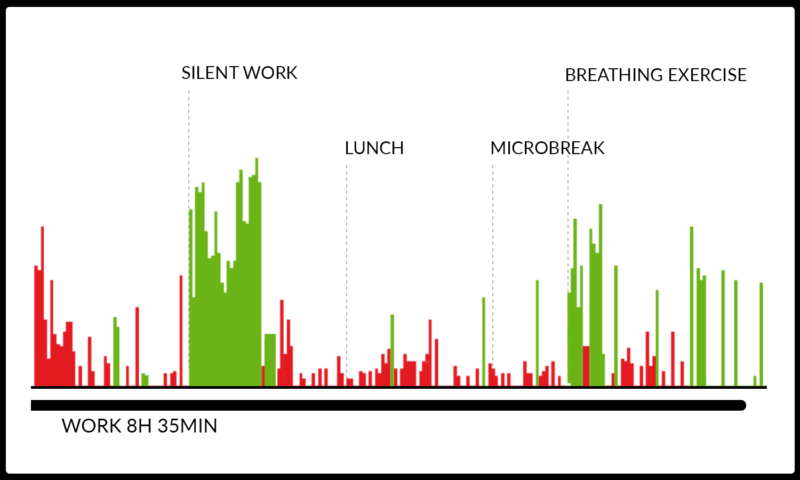
Figure 2. In-office workdays are filled with many external stressors and stimuli. You can consciously learn to reduce the effect of constant stimuli and stress with silent / focused work or different relaxation or breathing exercises.
Watch our webinar recording and learn the different resilience skills we have, how they can help to reduce stress, and how to strengthen them through training and exercises.
You might also be interested in
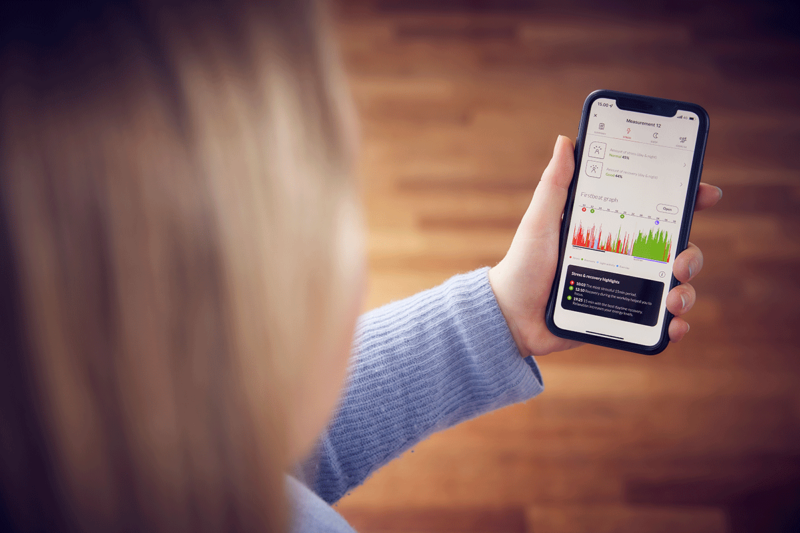
New Well-Being Data Reveals the Impact of Remote Working on Everyday Life
Since coronavirus began spreading across the world in early 2020, we have made substantial changes to our everyday lives, from the way we work, to our leisure time and daily…

Firstbeat Life: How Do You Get Employees Engaged in Corporate Wellness?
When it comes to corporate wellness, one of the most common problems is getting employees engaged. So, what to do? Our specialist gives concrete tips, how to get employees commit to small changes.
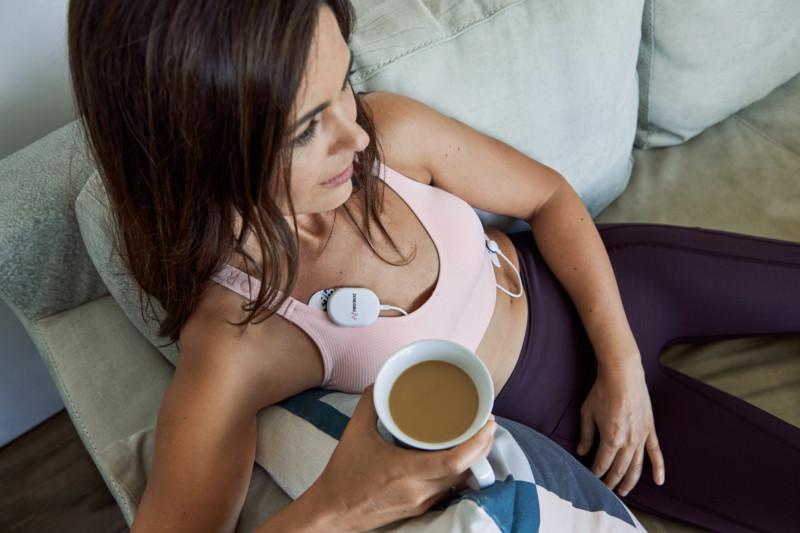
Firstbeat Life and Wearables – What’s the Difference?
From HRV and sleep monitoring to recovery data, here’s how Firstbeat Life differs from wearables.

